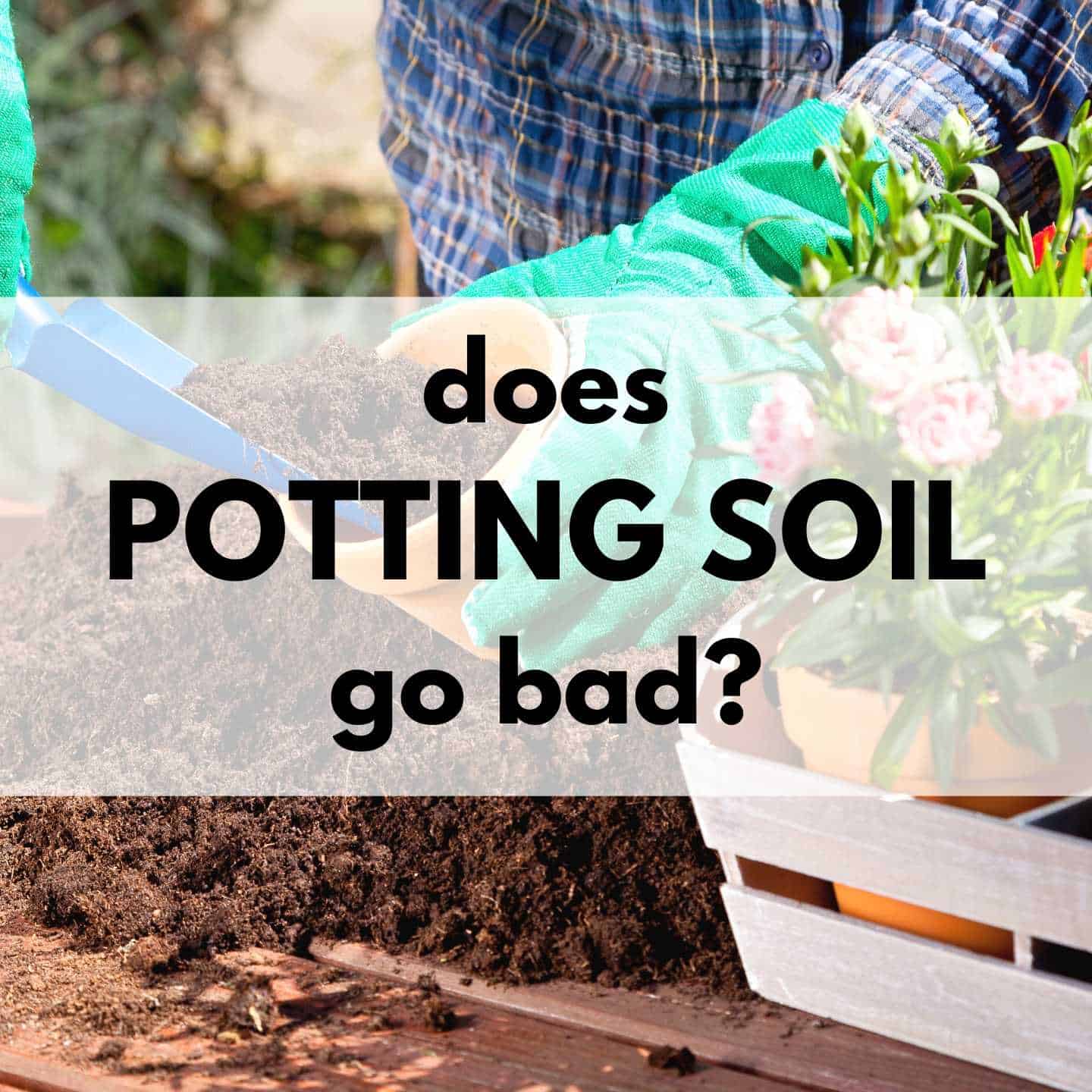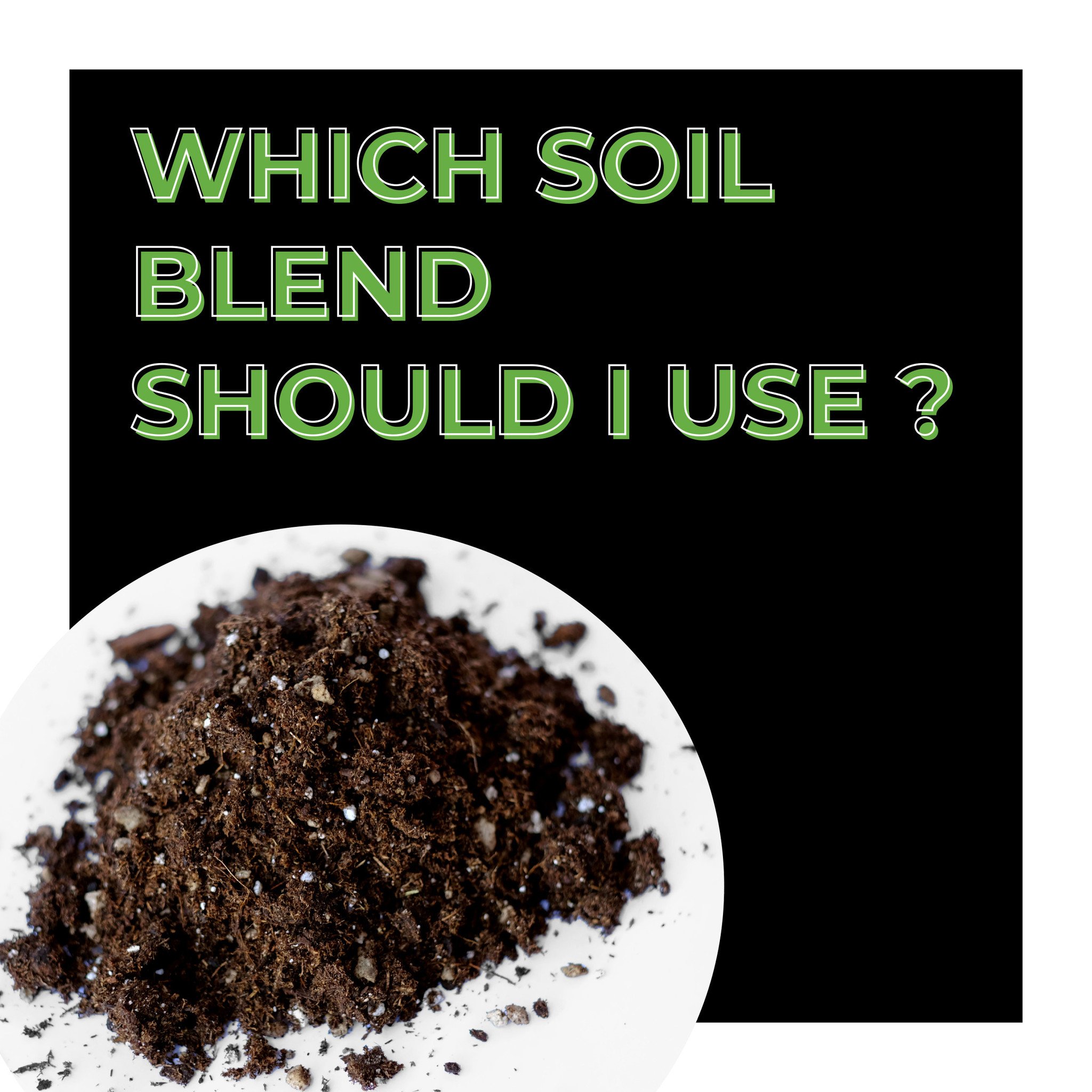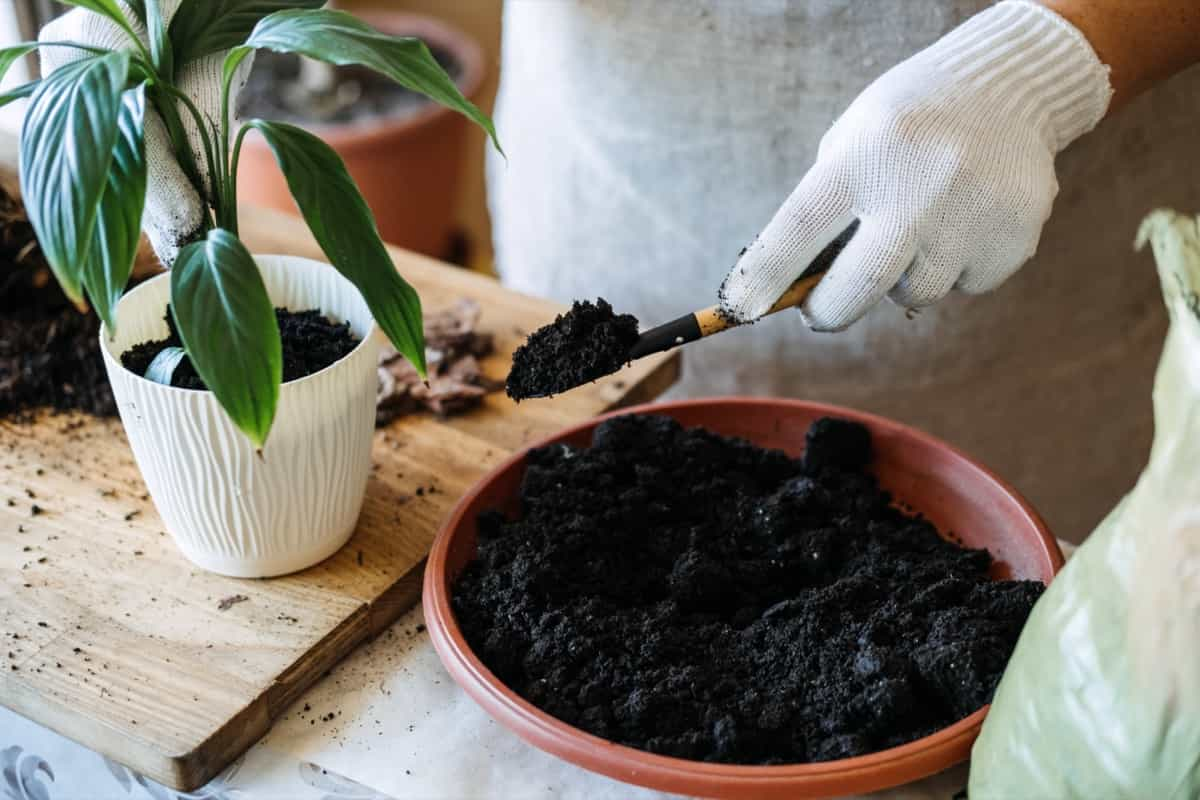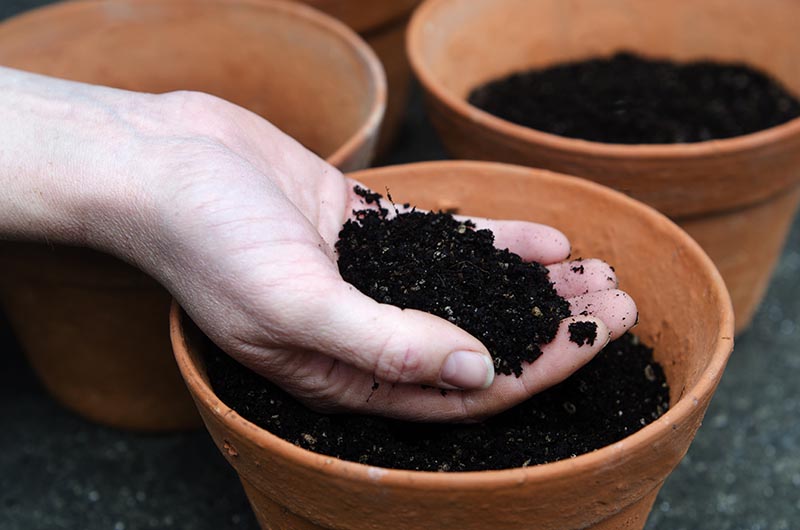Why Refreshing Potting Soil is Crucial for Healthy Plants
Depleted nutrients, compacted soil, and root-bound plants can have devastating effects on plant health. When potting soil is not refreshed, it can lead to stunted growth, increased susceptibility to disease, and reduced yields. Moreover, poor soil quality can also affect the overall aesthetic appeal of plants, making them appear dull and unhealthy. By understanding the importance of refreshing potting soil, gardeners can take proactive steps to prevent these common problems and create an optimal growing environment. In fact, learning how to refresh potting soil can be a game-changer for indoor gardeners, as it allows them to breathe new life into their plants and enjoy a thriving garden all year round.
Signs Your Potting Soil Needs a Refresh
Identifying the signs that indicate potting soil needs to be refreshed is crucial for maintaining healthy plants. Some common signs include poor drainage, slow growth, and increased pest activity. If water tends to pool on the surface of the soil or drains very slowly, it may be a sign that the soil has become compacted and needs to be refreshed. Similarly, if plants are growing slowly or appear stunted, it could be a sign that the soil lacks essential nutrients. Additionally, if pests like fungus gnats or spider mites are present, it may be a sign that the soil is depleted of beneficial microbes. By recognizing these signs, gardeners can take proactive steps to refresh their potting soil and create a healthy environment for their plants to thrive. Learning how to refresh potting soil can help gardeners address these issues and promote healthy plant growth.
How to Inspect and Prepare Your Potting Soil
Before refreshing potting soil, it’s essential to inspect and prepare the soil to ensure a successful revitalization process. To start, remove the plant from the pot and gently shake off any excess soil. Inspect the soil for debris, such as dead roots, rocks, or broken pottery, and remove any unwanted materials. Next, examine the soil’s structure and texture, looking for signs of compaction or nutrient deficiencies. Check for roots that have become circling or bound, as this can indicate the need for repotting. If the soil is heavily compacted, use a fork or spade to gently loosen it, taking care not to damage any roots. Once the soil is prepared, it’s ready to be refreshed using methods such as adding organic matter, repotting, or using soil conditioners. By following these steps, gardeners can ensure a successful potting soil refresh and create a healthy environment for their plants to thrive. Learning how to refresh potting soil can be a valuable skill for any indoor gardener.
Methods for Refreshing Potting Soil
When it comes to refreshing potting soil, there are several methods to choose from, each with its own benefits and advantages. One popular method is repotting, which involves transferring the plant to a new pot with fresh potting soil. This is especially useful for plants that have outgrown their containers or are showing signs of nutrient deficiency. Another method is adding organic matter, such as compost or well-rotted manure, to the existing potting soil. This helps to replenish nutrients, improve soil structure, and support beneficial microbes. Soil conditioners like perlite or vermiculite can also be used to improve drainage and aeration, making it easier for roots to grow and thrive. Additionally, gardeners can use a combination of these methods to create a customized potting soil refresh plan that meets the specific needs of their plants. By understanding how to refresh potting soil using these methods, gardeners can give their plants the best possible start in life and enjoy healthy, thriving plants for years to come.
The Role of Compost in Refreshing Potting Soil
Compost is a valuable tool in the process of refreshing potting soil, offering a range of benefits that can transform the health and fertility of the soil. One of the primary advantages of using compost is its ability to improve soil structure, increasing the soil’s water-holding capacity and aeration. This makes it easier for roots to grow and thrive, and can help to prevent problems like waterlogging and root rot. Compost also increases the availability of nutrients in the soil, providing a slow-release source of essential micronutrients and macronutrients. Additionally, compost supports the growth of beneficial microbes, which play a crucial role in breaking down organic matter and making nutrients available to plants. When used as part of a potting soil refresh, compost can help to create a balanced and fertile growing medium that supports healthy plant growth. By understanding how to refresh potting soil using compost, gardeners can create a thriving environment for their plants and enjoy improved yields and plant performance.
Tips for Choosing the Right Potting Soil Amendments
When it comes to refreshing potting soil, selecting the right amendments is crucial for achieving optimal results. To ensure the best outcome, it’s essential to consider several key factors, including soil type, plant species, and nutrient requirements. For example, if the potting soil is heavy clay, amendments like perlite or vermiculite may be necessary to improve drainage and aeration. On the other hand, if the soil is sandy, organic matter like compost or well-rotted manure may be needed to increase water-holding capacity and nutrient availability. Additionally, the specific needs of the plants being grown must also be taken into account. For instance, acid-loving plants like azaleas or rhododendrons may require amendments like peat moss or sulfur to maintain optimal pH levels. By understanding how to refresh potting soil and choosing the right amendments, gardeners can create a customized growing medium that meets the unique needs of their plants and supports healthy growth and development.
Common Mistakes to Avoid When Refreshing Potting Soil
When it comes to refreshing potting soil, there are several common mistakes that can occur, leading to suboptimal results or even harming plants. One of the most critical mistakes to avoid is over-amending, which can lead to an overabundance of nutrients, causing more harm than good. Under-amending, on the other hand, can fail to provide plants with the necessary nutrients for healthy growth. Another common mistake is using the wrong materials, such as adding too much organic matter, which can lead to waterlogging and root rot. Additionally, failing to properly prepare the soil before refreshing, such as not removing debris or roots, can hinder the effectiveness of the refresh. By understanding how to refresh potting soil and avoiding these common mistakes, gardeners can ensure a successful refresh and create a thriving environment for their plants. It’s essential to approach potting soil refresh with a clear understanding of the process and the potential pitfalls to avoid, in order to achieve the best results and maintain healthy, thriving plants.
Maintaining Healthy Potting Soil for the Long-Term
To ensure the continued health and vitality of plants, it’s essential to maintain healthy potting soil over time. Regular inspections are crucial, as they allow gardeners to identify potential issues before they become major problems. During these inspections, check for signs of nutrient depletion, compacted soil, or root bound plants, and take corrective action as needed. Proper watering is also vital, as it helps to prevent waterlogging and root rot. Aim to provide plants with a consistent supply of moisture, without overwatering. Balanced fertilization is another key aspect of maintaining healthy potting soil. Avoid overfertilizing, as this can lead to an overabundance of nutrients, and instead opt for a balanced fertilizer that provides plants with the necessary nutrients for healthy growth. By following these tips and understanding how to refresh potting soil, gardeners can create a thriving environment for their plants, and enjoy a bountiful harvest for years to come. With regular maintenance and attention, potting soil can remain healthy and productive, providing plants with the necessary support for optimal growth and development.








